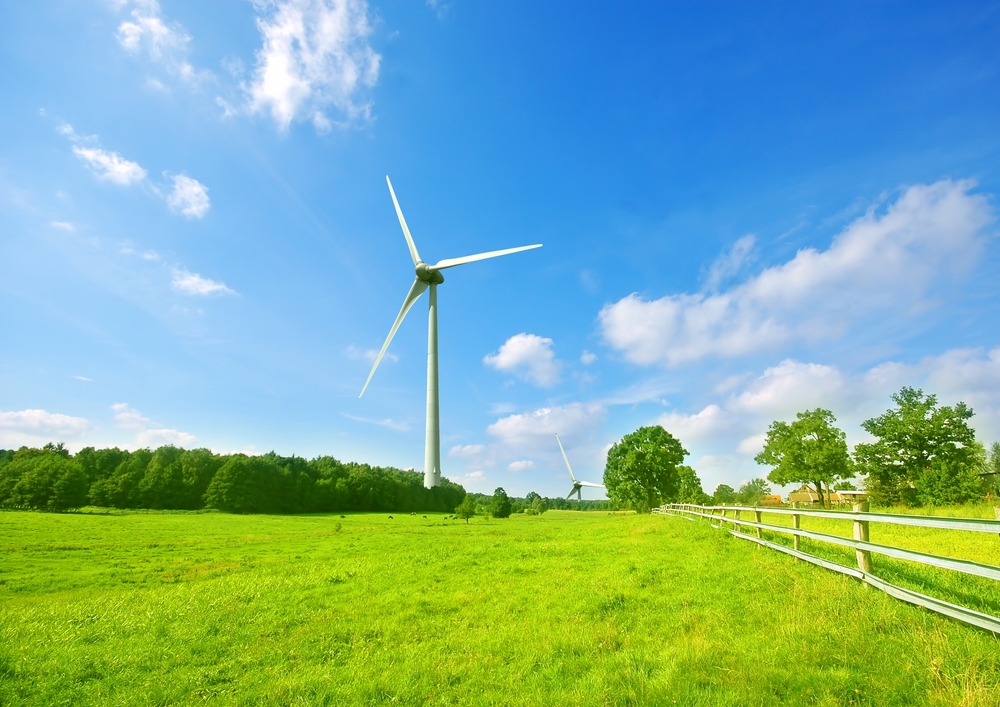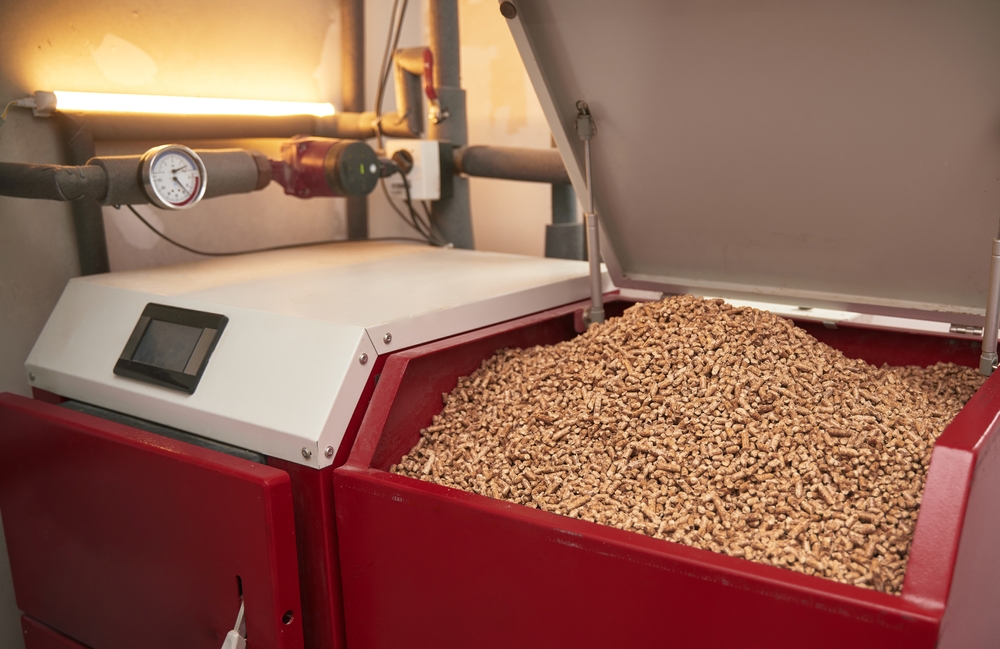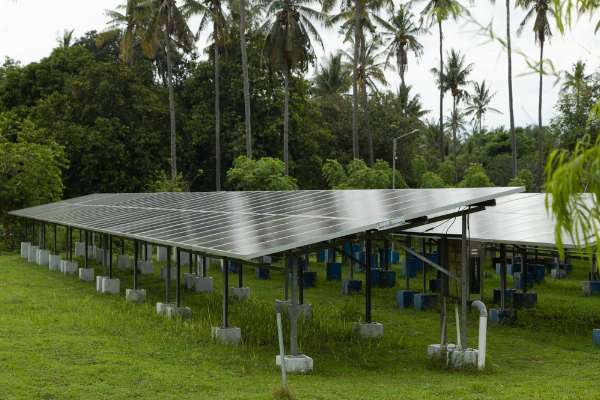Most home electricity comes from the electricity grid, but a few energy sources are emerging as practical alternatives. There are several advantages to switching to these alternatives, including tax benefits and reduced utility bills, which continue to rise. With soaring inflation, electricity bills have increased by 15.8 percent since 2021. A reason for this rise is the increased use of high-priced natural gas. But you don't have to rely on traditional sources. Here are several alternative energy sources you can use to power your home.
Solar Panels
One of the most popular alternative energy sources for homes is rooftop solar panels, which are photovoltaic panels that convert energy from sunlight to electricity. These panels are most commonly placed on rooftops but can also go in backyards or other areas of the house.
An alternative to roof solar panels is solar shingles, which can replace the existing shingles on your roof. Depending on your location and the orientation of the panels, you could generate more than 10 watts of energy per square foot. You may qualify for certain federal tax credits, incentives, and rebates if you receive a high percentage of your solar energy through solar panels. The payback period for your investment in solar depends on several factors, including the cost of electricity in your location.
Wind Energy

Generating electricity through wind turbines is most common on open land where there’s enough real estate to install a wind turbine. Wind energy is less popular in residential areas due to zoning regulations and homeowners associations. However, if local laws allow the installation of a wind turbine, it’s a cost-effective and reliable alternative energy source. A properly sized wind turbine can generate enough electricity to power your entire home. However, wind energy is suitable only in areas with a steady flow of wind. The top five windiest states in the U.S. are Nebraska, Kansas, South Dakota, North Dakota, and Iowa.
Geothermal Energy
Keeping your home at a comfortable temperature all year long requires a lot of energy. According to the U.S. Energy Information Administration, the average annual electricity consumption in the U.S. in 2021 was around 10,632 kWh per household. You can get some of these units from geothermal energy. Using geothermal energy, you can reduce your electricity bills and dependence on the grid.
A properly installed geothermal system can provide continuous temperature control to your home. A geothermal system consists of a series of pipes installed deep underground to tap into the earth's natural warmth. The system pulls heat from the ground to warm your home, or if you need to cool it, it will channel the heat back into the ground. The low maintenance, quick payback period, and long lifespan are some major advantages of geothermal energy.
Hydropower
Hydropower works only for those who have a source of flowing water through their property. A hydroelectric power generator harnesses the power of flowing water. Ideally, you want to install the generator at the point of the largest vertical distance the water has to travel.
The most significant advantage of hydropower is electricity generator stability. Unlike solar and wind energy, which can experience fluctuations in output, hydropower is relatively stable. As long as you have flowing water passing through the generator, it will generate electricity for your home. The amount of electricity it generates will depend on several factors, including the water flow rate.
Tesla Powerwall
A Tesla Powerwall may not be a renewable energy source, but it’s an alternative source to power your home. It uses a rechargeable lithium-ion battery programmed to charge itself using the grid electricity during off-peak hours when electricity rates may be lower. It then discharges itself during peak hours. In most cases, a Tesla Powerwall is used as a hybrid system with other electricity sources. They were initially used only as power backup protection, but as batteries grew more efficient and powerful, they became a full-scale alternative to grid electricity.
Biomass System

A biomass energy system relies on burning organic material to generate energy. You need to install a biomass boiler, which can take up considerable space. Also, you need access to biofuel, such as pellets or wood chips, and a way to dispose of the ash produced by the biomass system. As biomass technologies become more efficient and affordable, they will become more popular. When choosing a biomass system, you should consider several factors, including compliance with local laws, fuel loading and dispatching capabilities, and maintenance.
Hybrid Systems
You can install a hybrid system in your home, such as a combination of solar and wind energy systems. The advantage of the hybrid system is that you don’t have to rely on only one energy source. For example, you could have a small wind turbine and a set of solar panels to power your home. You could also install a rechargeable battery as a power back to the hybrid system. One challenge of installing a hybrid system is that it can be more expensive than just having a single type of alternative energy. Another challenge is integrating the system properly so that there’s no power interruption or wastage.


